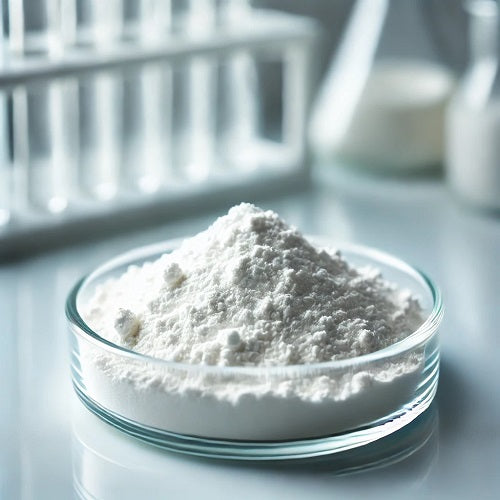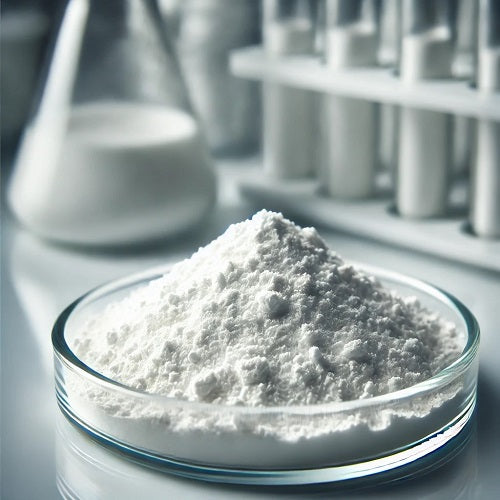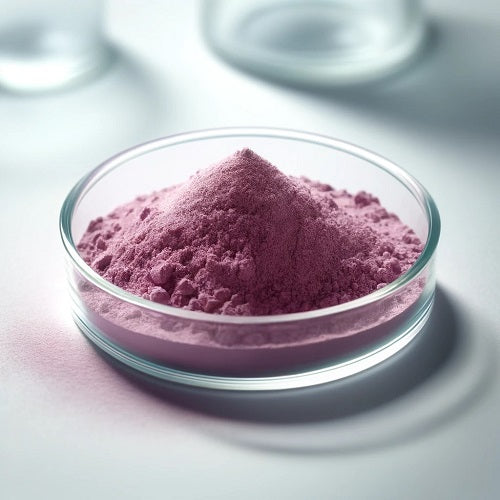Menu
LOOKING FOR BULK INGREDIENTS PRICING?

Mimosa Hostilis for Herbal Remedies: Nature’s Healing Ally
Mimosa Hostilis for Herbal Remedies: Nature’s Healing Ally
Mimosa Hostilis, also known as Mimosa Tenuiflora, is a revered medicinal plant native to Brazil and Mexico. While it’s widely recognized for its dyeing properties, its traditional use in herbal remedies is equally profound. This blog explores the many ways Mimosa Hostilis root bark is used in natural healing, from soothing skin conditions to promoting tissue regeneration.
A Legacy of Healing
For centuries, indigenous communities in the Americas have harnessed the power of Mimosa Hostilis for its therapeutic properties. Known for its potent antibacterial, antifungal, anti-inflammatory, and analgesic effects, it has been a staple in traditional herbal medicine.
Key Healing Properties
Mimosa Hostilis root bark contains a wide variety of bioactive compounds, including tannins, flavonoids, saponins, and trace alkaloids. These components contribute to its impressive healing capabilities.
1. Wound Healing and Skin Repair
The bark has been traditionally used to treat cuts, burns, ulcers, and insect bites. Its regenerative effects help:
-
Speed up skin cell repair
-
Minimize scarring
-
Prevent infection due to its antimicrobial nature
2. Anti-Inflammatory Action
Topical preparations made from the bark help reduce swelling and inflammation in conditions like eczema, psoriasis, and dermatitis.
3. Antibacterial and Antifungal Uses
Mimosa Hostilis root bark has been applied to fungal infections such as athlete’s foot, and bacterial issues like infected wounds or skin abscesses.
4. Oral and Dental Health
Some traditional remedies include using the bark in mouthwashes or poultices to treat oral infections, bleeding gums, and sore throats.
5. Digestive Support
Infusions made from Mimosa Hostilis have been consumed in traditional medicine to help treat stomach ulcers and intestinal inflammation.
How to Prepare Herbal Remedies
Mimosa Hostilis root bark can be used in several forms depending on the desired effect:
-
Powder: Applied directly to wounds or mixed into balms and salves
-
Infusion: Steeped in hot water for use as a wash or mouth rinse
-
Tincture: Alcohol-based extract for internal or topical application (consult a qualified herbalist)
Precautions and Considerations
Although natural, Mimosa Hostilis is potent. Always consult a qualified herbalist or healthcare provider before using it internally, especially if pregnant, nursing, or on medication. Topical use is generally well-tolerated but should be patch-tested first.
Sustainability and Respect for Tradition
With increasing global demand, it’s important to source Mimosa Hostilis root bark responsibly. Ethical suppliers ensure sustainable harvesting practices and support indigenous communities who have safeguarded this plant’s knowledge for generations.
Final Thoughts
Mimosa Hostilis root bark is a botanical powerhouse with centuries of traditional use in herbal medicine. From wound healing to inflammation relief, its natural compounds make it a valuable addition to any herbal remedy toolkit. By using it respectfully and sustainably, we honor both the plant and the cultures that have cherished its gifts.
For bulk orders and inquiries, visit Reveda - Mimosa Hostilis Bark Chips
BUY ONLINE IN USA FROM REVEDA - The leading manufacturer B2B Bulk Wholesale Supplier of Mimosa Hostilis Bark Chips
Also in Reveda: Health & Wellness
SUBSCRIBE NOW ...
Don't miss to get latest updates on sales, new releases and promotions


